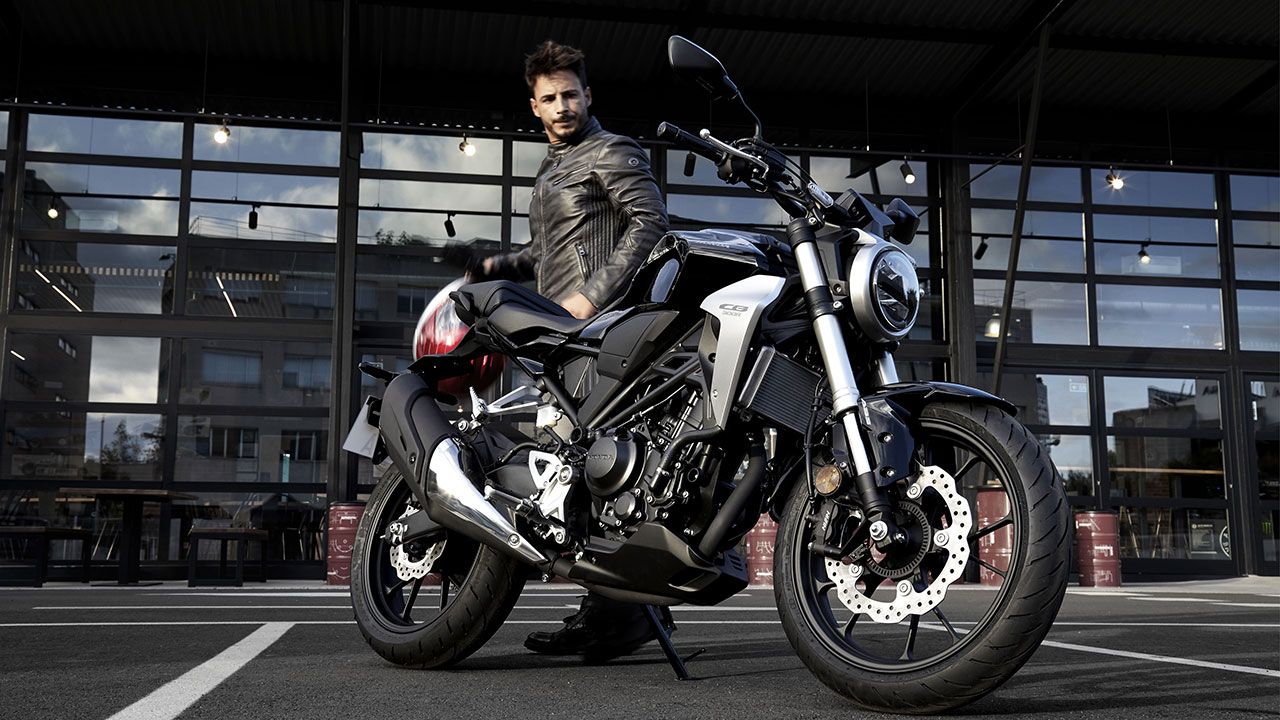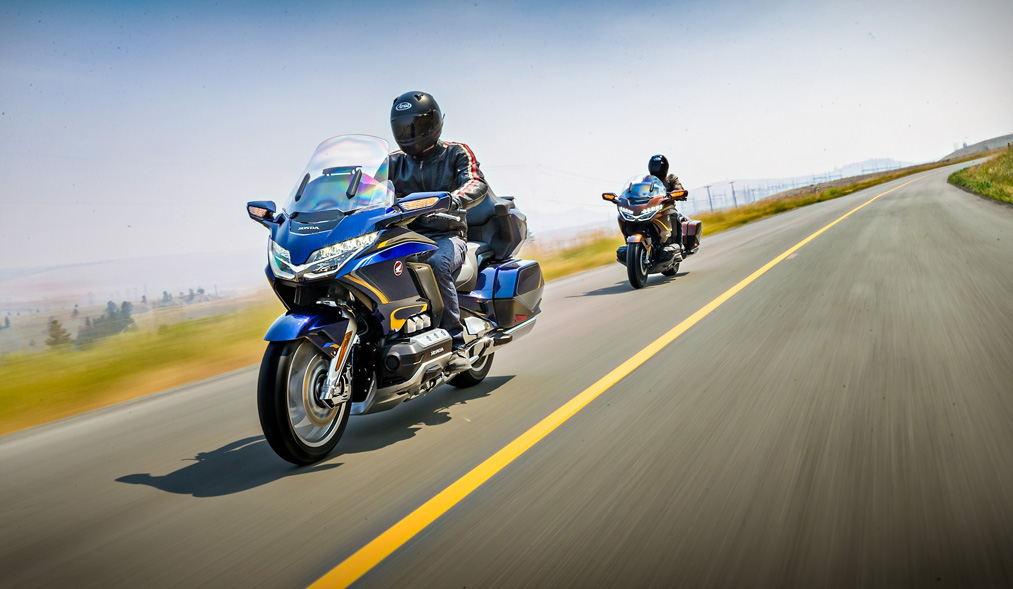Our first and almost only recommendation is that you “don’t mess it up” by getting tyres with a different configuration and size to the original ones.
The development departments of the motorbike brands design each model based on certain tyre dimensions. They will have checked, by testing them on all types of roads and test tracks, which ones are the most suitable for your motorbike.
Furthermore, the newer models leave the factory with basic suspension settings that also depend on the type of tyre and are tuned to suit.
However, let us take a look at the different types of tyres available for road motorbikes.
Some are monogommed with layers of synthetic rubber, formed by different types of compounds and, on the other hand, depending on their internal structure, that is to say, the arrangement of their carcasses and ply on which the rubber layers of the tyres are settled, they can be diagonal or radial.


In the primary ones, the fabrics of their inner layers are placed diagonally, at an angle of about 40º.
These tyres are almost exclusively reserved for motorbikes with discreet performance or requirements, such as custom motorbikes, where riding comfort is more important than pure performance.
Radial tyres are more modern, and the plies are placed, on internal casings that can be made of metallic thread or kevlar type compounds, in a straight line, one on top of the other, with a 90º angle of intersection of cords.
Independently, depending on how they contain the air that gives them pressure, the tyres can be with tube, or the most modern ones tubeless.
Since it is the tyre itself that ensures the airtightness of the air inside the tyre, it requires sealed rims, whether alloy or spoked.
But which selection can I choose form to be the most suitable for my riding style, or for the use I will make of my motorbike?


Of course, the type of motorbike you have will determine the choice: an “R” motorbike will also need a very sporty tyre.
Apart from racing tyres, which are not suitable for use on open roads, sport tyres are subdivided into supersport and hypersport.
They are made with soft rubber and are intended for motorbikes that are demanding on the road and occasionally on the track.
Their lifespan is very limited. They have little tread to ensure maximum wear pattern with the ground, their profile favours grip and support in curves, and their operating temperature is relatively high: they need to be warmed up to achieve their exceptional grip.
In this sense, we must warn you that the most “racing” types (which almost overlap with those for pure competition) are usually unsuitable for road use. Not even under the demands of very aggressive driving will they be able to reach their optimum range.


For “sporty” motorbikes but with a more versatile use, the “sport-touring” tyres follow.
These tyres are made with intermediate rubbers that provide a very good grip at a lower operating temperature and are easier to reach quickly. Their profiles are also less aggressive.
Their lifespan is longer as they are suitable for daily use in the city and also for travel.


Grand touring motorbikes require touring tyres. They use hard rubber, with low operating temperature which is reached quickly. As they have more more footprint than the previous ones, they are safer on wet surfaces, and their lifespan is long due to the durability of their rubber.
Let us not forget that the market’s evolution in the last decades has led to “trail” motorbikes for multi-purpose use, which require tyres capable of leaving the asphalt and riding on dirt or mountain roads.


Mixed tyres can have more or fewer knobs on their footprint depending on whether you are looking for more efficiency on asphalt or better traction on soft ground.
Logically, this reduces its wear pattern and therefore its grip, as the rubber must also be relatively consistent.
However, although their lifespan is long, their operating temperature is relatively low. Since they are intended for a combination of roads and trails, they are not suitable for purely road motorbikes.


 Join Us
Join Us  Join Us
Join Us 